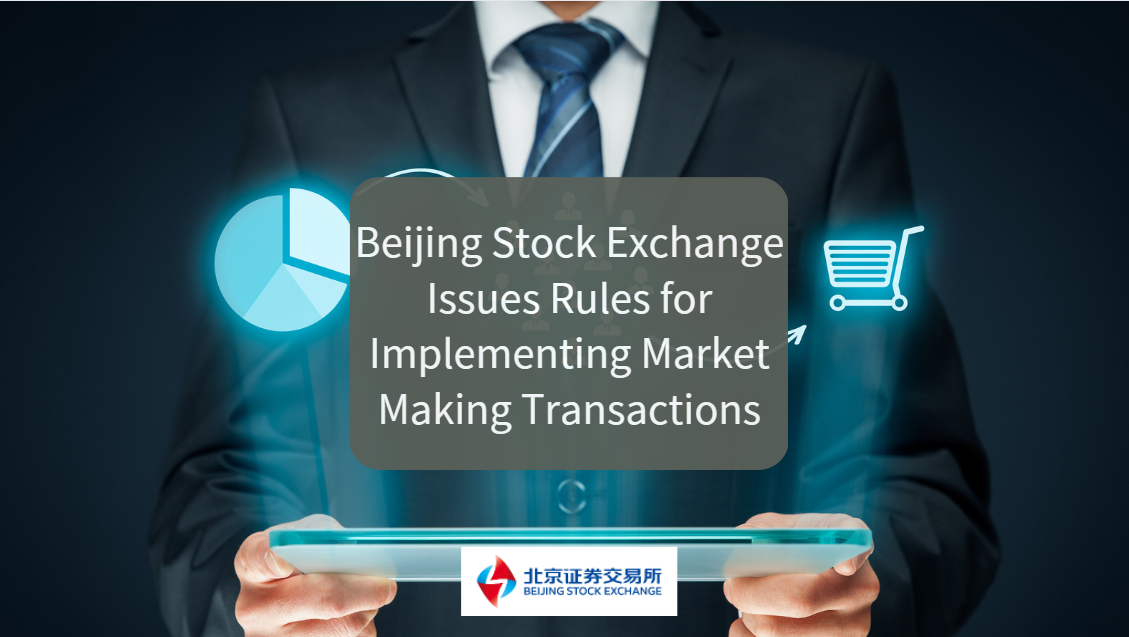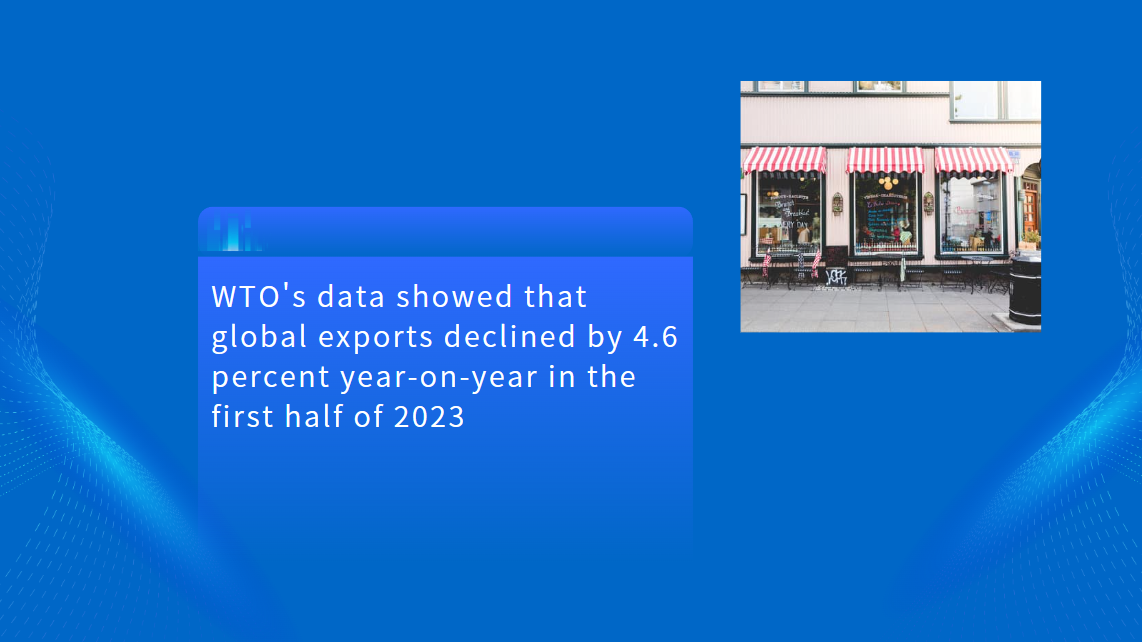Trade Expands, Dialogue Deepens, Rules Strengthen
At a time when global trade faces rising barriers and business sentiment is clouded by policy unpredictability, China is quietly reinforcing its credentials as a long-term partner for global enterprises. Through a combination of large-scale trade platforms, candid policymaker dialogue, maturing legal institutions, and steady liberalization, the country is advancing its vision of high-standard opening-up—not as a slogan, but as a working framework.
Platforms Rise, Partnerships Form
This spring, three major trade and investment events provided tangible evidence of China's opening efforts, attracting global players and setting records in both scale and scope.
At the China International Consumer Products Expo in Hainan, 65 Fortune Global 500 companies and over 4,100 brands took part—marking a new high. The expo, hosted in the Hainan Free Trade Port, gave multinationals a window into China's retail transformation and evolving consumer demand.
Alongside it, the Hainan Free Trade Port Global Industry Investment Conference saw 265 signed projects with a combined value of RMB 233.6 billion, involving collaborations in logistics, advanced manufacturing, and renewable energy. The project pipeline and investor response signal growing interest in regional initiatives designed for joint ventures and co-investment.

Meanwhile, the 137th Canton Fair in Guangzhou surpassed previous benchmarks with nearly 73,000 booths and over 30,000 exhibitors, confirming China's role as a critical node in global sourcing. Despite trade tensions elsewhere, the fair drew strong international buyer participation, especially in machinery, electronics, and smart appliances.
Concerns Heard, Commitments Made
On April 25, China's Ministry of Commerce convened a high-level roundtable in Beijing with representatives from over 80 foreign-funded enterprises and business chambers. The discussion tackled real-time challenges—from logistics disruption to regulatory compliance—faced by multinationals operating in China.
Ling Ji, Vice-Minister of Commerce and Deputy China International Trade Representative, directly acknowledged external pressures:
“U.S. unilateralism and excessive tariffs have undermined the multilateral trading system and disrupted global industrial and supply chains. Enterprises from all countries, including China, are affected.”
More importantly, he reiterated China's position as a pragmatic problem-solver:
“We will proactively address operational challenges, ensure stable and smooth supply chain functioning, and promote resolution of issues raised by foreign enterprises.”
Foreign participants at the roundtable highlighted China's policy environment as “continuous, stable, and predictable”—a rare asset in today's fragmented regulatory landscape.

Rules Strengthen, Rights Protected
In the legal arena, China's intellectual property protection regime continues to evolve, adding critical assurance for companies investing in innovation, design, and cross-border technology partnerships.
According to the Supreme People's Court, Chinese courts handled 8,252 new first-instance foreign-related IP cases in 2024. These included disputes over patents, trademarks, and trade secrets. The Court emphasized equal treatment of domestic and foreign parties, citing influential rulings that contribute to international IP jurisprudence.
Judicial authorities also stressed their commitment to deeper global cooperation in IP governance, participating in multilateral rulemaking and promoting mutual recognition of legal outcomes.
For in-house legal teams and outside counsel, these developments mean foreign rights holders increasingly have access to predictable enforcement channels and are protected under a maturing body of law.
Barriers Fall, Access Widens
While headline-grabbing expos and legal developments draw attention, the foundation of China's openness lies in steady, structural policy change—most notably, the shrinking negative list for foreign investment.
From 93 items in 2017, the national list has now been reduced to 29, with all restrictions in manufacturing removed. This allows foreign investors full equity access and national treatment across a wide range of industrial sectors—from automotive components to clean energy materials.
This liberalization has been matched by action: in 2024, China registered 59,000 new foreign-invested enterprises, a 9.9% increase over the previous year. Sectoral access is improving, approval timelines are tightening, and local governments in regions such as Jiangsu, Guangdong, and Chongqing have introduced digital portals to streamline filings and post-establishment services.
One European executive attending the April roundtable noted:
“The reforms are not just on paper. We've seen faster approvals and clearer guidance at the local level—particularly when it comes to joint ventures and licensing.”
Certainty Builds, Confidence Grows
China's push toward high-standard opening-up is not a pivot—it is a steady progression. In an era of fragmented global rules and reactive policymaking elsewhere, the consistency of China's regulatory trajectory is starting to attract renewed attention from strategic investors.
The coordinated rollout of trade platforms, active regulator-enterprise dialogue, judicial reform, and progressive market access policies reflects a system increasingly designed to support long-term, rules-based international business.
For global firms assessing new markets, restructuring supply chains, or evaluating R&D collaboration hubs, this shift presents both practical entry points and strategic alignment. With fewer surprises, stronger legal recourse, and clearer channels to engagement, China’s evolving business environment invites a recalibration of assumptions—and, potentially, plans.





















































First, please LoginComment After ~